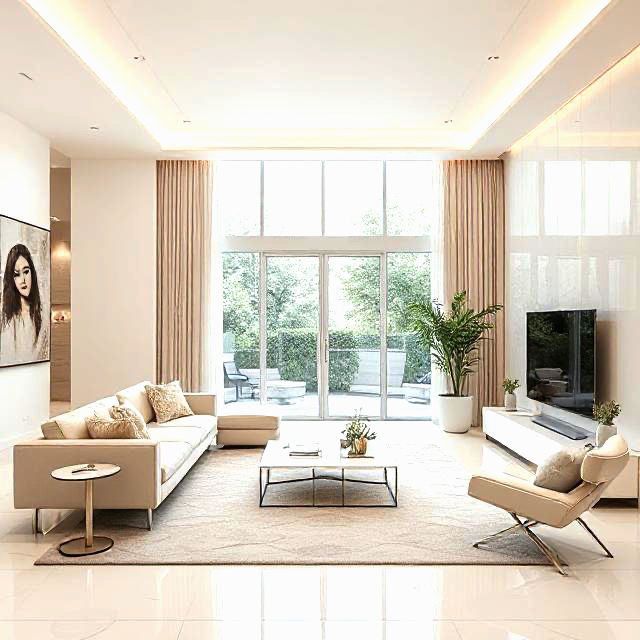Bamboo: From Scaffolding to Architectural Marvels
- ARDENT-SPACE

- Aug 17
- 3 min read
Updated: Sep 18
A Material with Ancient Roots and Modern Ambition
Bamboo has been shaping human shelters for thousands of years. From traditional huts in Asia, Africa, and South America to elegant modern structures, its unique combination of strength, flexibility, and rapid renewability has made it indispensable. Today, bamboo is experiencing a renaissance – not just in humble rural homes, but in luxury resorts, artistic architecture, and even urban megastructures.
The Strength Behind the Stalk
Despite its light weight, bamboo’s tensile strength rivals that of steel, and its compressive strength can exceed that of concrete. This remarkable balance is due to its fibrous structure, which distributes stress evenly and allows it to flex without breaking.
Tensile strength: Up to 28,000 psi (steel averages around 23,000 psi)
Flexibility: Bends rather than snaps under pressure, making it ideal in earthquake-prone regions
Lightweight: Easy to transport and work with, even in challenging terrains
These qualities explain one of bamboo’s most iconic modern uses—scaffolding for skyscrapers in Hong Kong. Despite the city’s dizzying vertical growth, bamboo remains the go-to material for temporary structures, trusted for its adaptability, speed of assembly, and surprising durability even in typhoon season.
Sustainability That Outpaces Wood
In a world searching for greener materials, bamboo stands out.
Rapid renewal: Some species grow over a meter per day, reaching maturity in 3–5 years (compared to 20–50 years for most hardwoods).
Carbon sequestration: Bamboo plantations absorb more CO₂ and release more oxygen per hectare than many tree forests.
Minimal soil disturbance: Bamboo’s root system regenerates new shoots without replanting, preventing erosion.
Its eco-profile makes bamboo an attractive alternative to traditional timber, steel, or concrete in sustainable construction.
Where Bamboo Excels in Modern Construction
Beyond scaffolding, bamboo is now used in:
Housing and pavilions: Traditional homes in Asia and Africa, and modern prefab bamboo houses.
Bridges: Engineered bamboo bridges can span tens of meters, combining traditional joinery with modern treatments.
Flooring and panels: Compressed bamboo boards are durable and water-resistant, popular in eco-friendly interiors.
Reinforcement: Bamboo fibers in composites or even as steel rebar replacements in low-cost concrete construction.
From Utility to Art: The Sharma Springs Example
While bamboo’s workhorse applications are impressive, its artistic and architectural potential is equally compelling. In Bali, the Sharma Springs residence by IBUKU showcases what’s possible when craftsmanship meets sustainable design. Their six-story bamboo structure rises above the Ayung River valley, accessed through a dramatic bamboo tunnel. Its organic curves, open-air living spaces, and intricate detailing make it feel both futuristic and deeply rooted in nature. Every element – from the spiraling staircases to the lotus-inspired tower – demonstrates that bamboo is not just functional; it can be luxurious, enduring, and breathtaking.
Limitations and Future Frontiers
Bamboo is not without challenges. Without proper treatment, it is susceptible to insects, rot, and weathering. Building codes in many countries are not yet adapted to its use as a primary structural material. However, modern preservation techniques – borax treatment, lamination, and engineered bamboo composites – are rapidly expanding its possibilities. Researchers and architects are now experimenting with high-rise bamboo hybrids, modular disaster relief shelters, and even bamboo-based urban furniture, hinting at a future where this ancient material becomes central to sustainable city planning.
Conclusion
From the construction cranes of Hong Kong to the jungles of Bali, bamboo proves that strength, beauty, and sustainability can grow from the ground up – literally. Whether enabling the work on the world’s tallest skyscrapers during construction or forming the graceful curves of Sharma Springs, bamboo is not just a relic of traditional building – it’s a blueprint for the future.





Comments